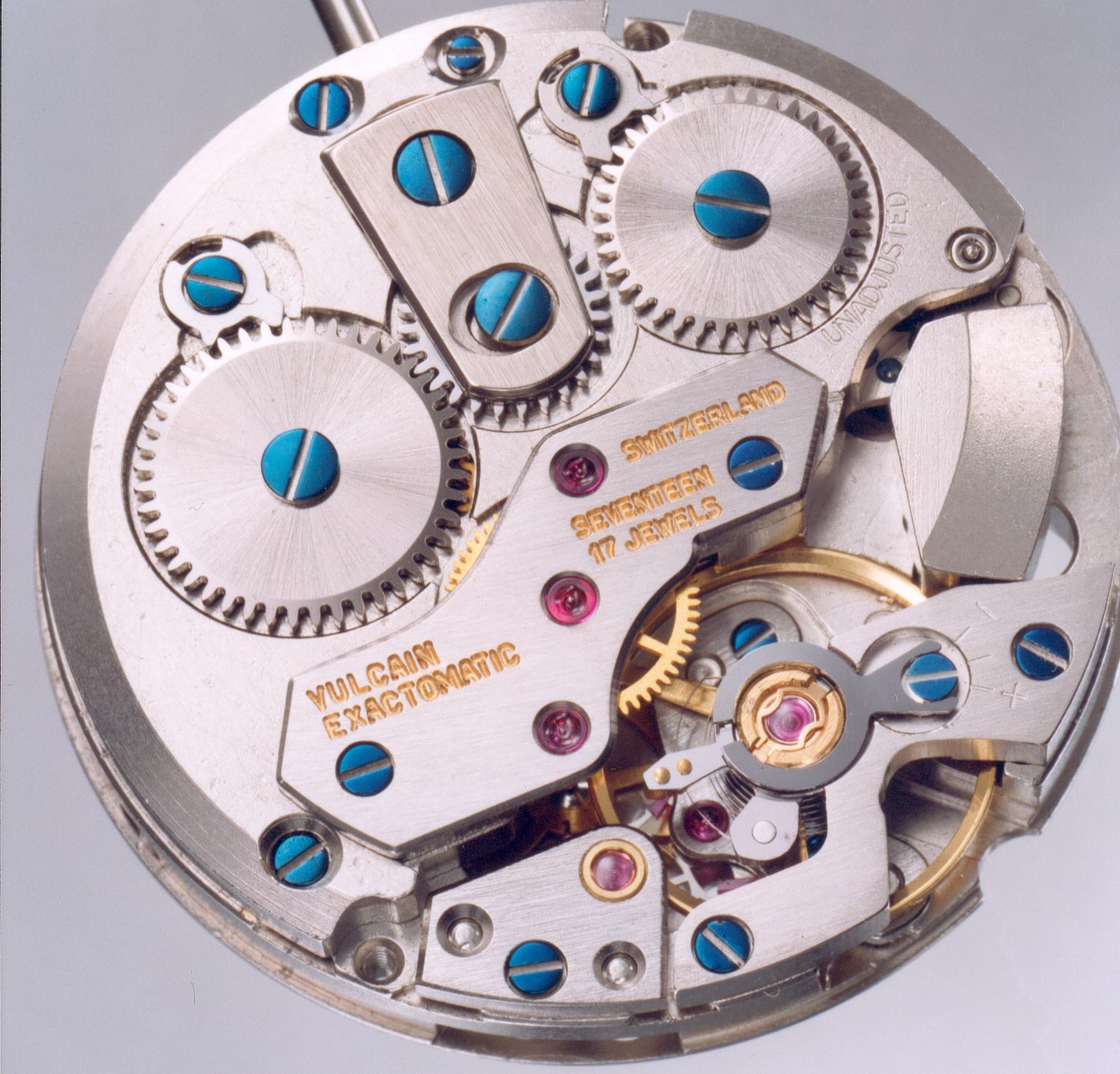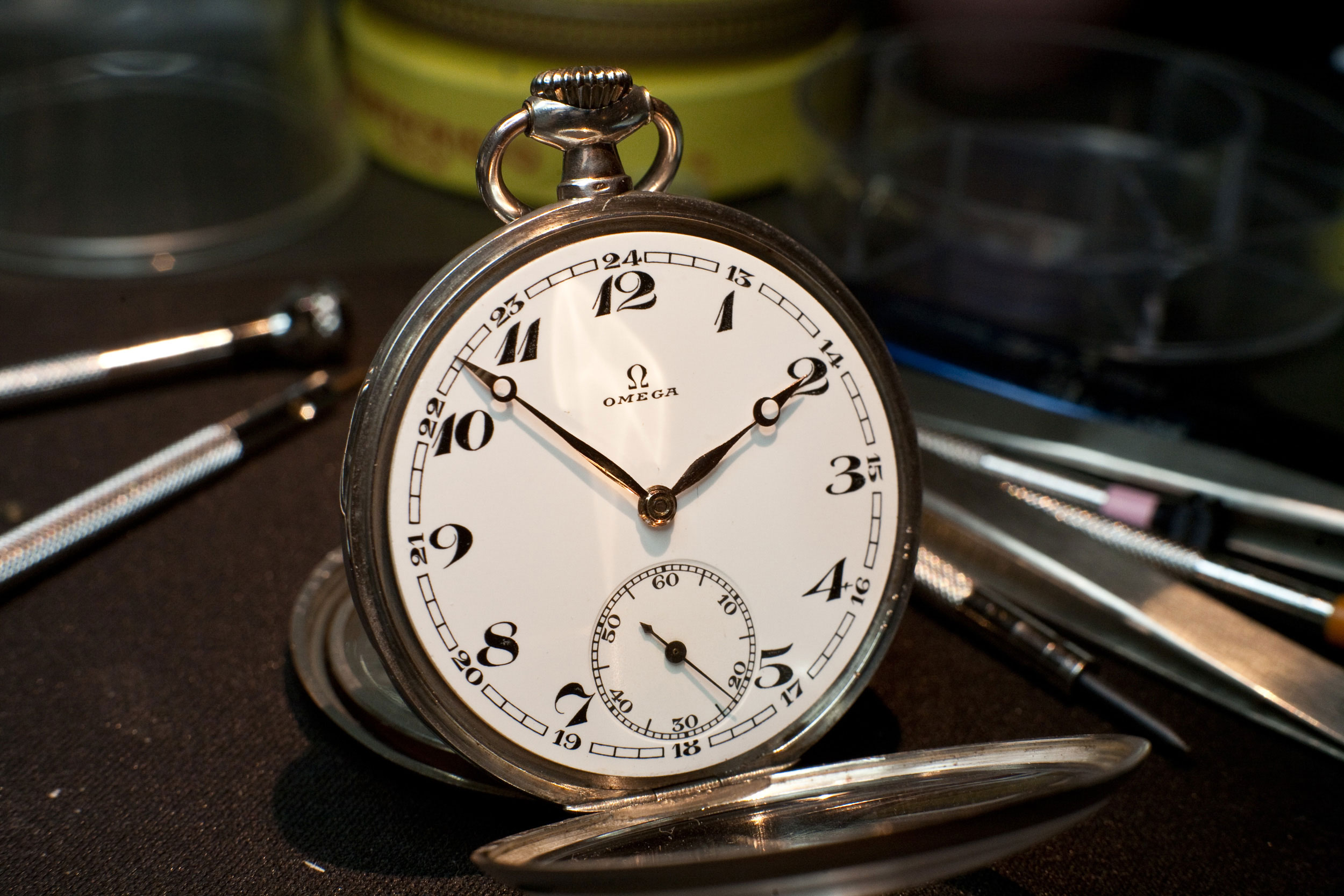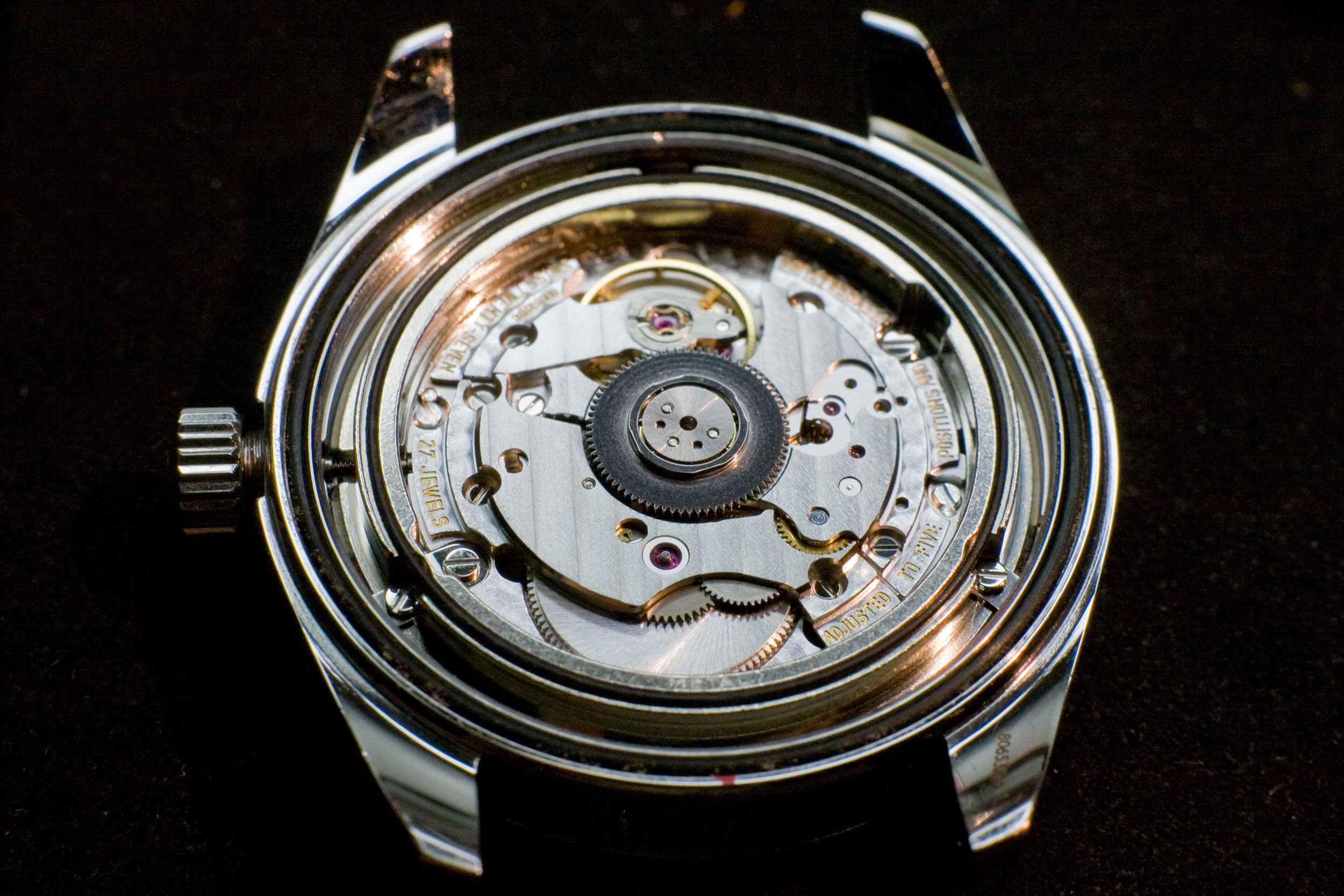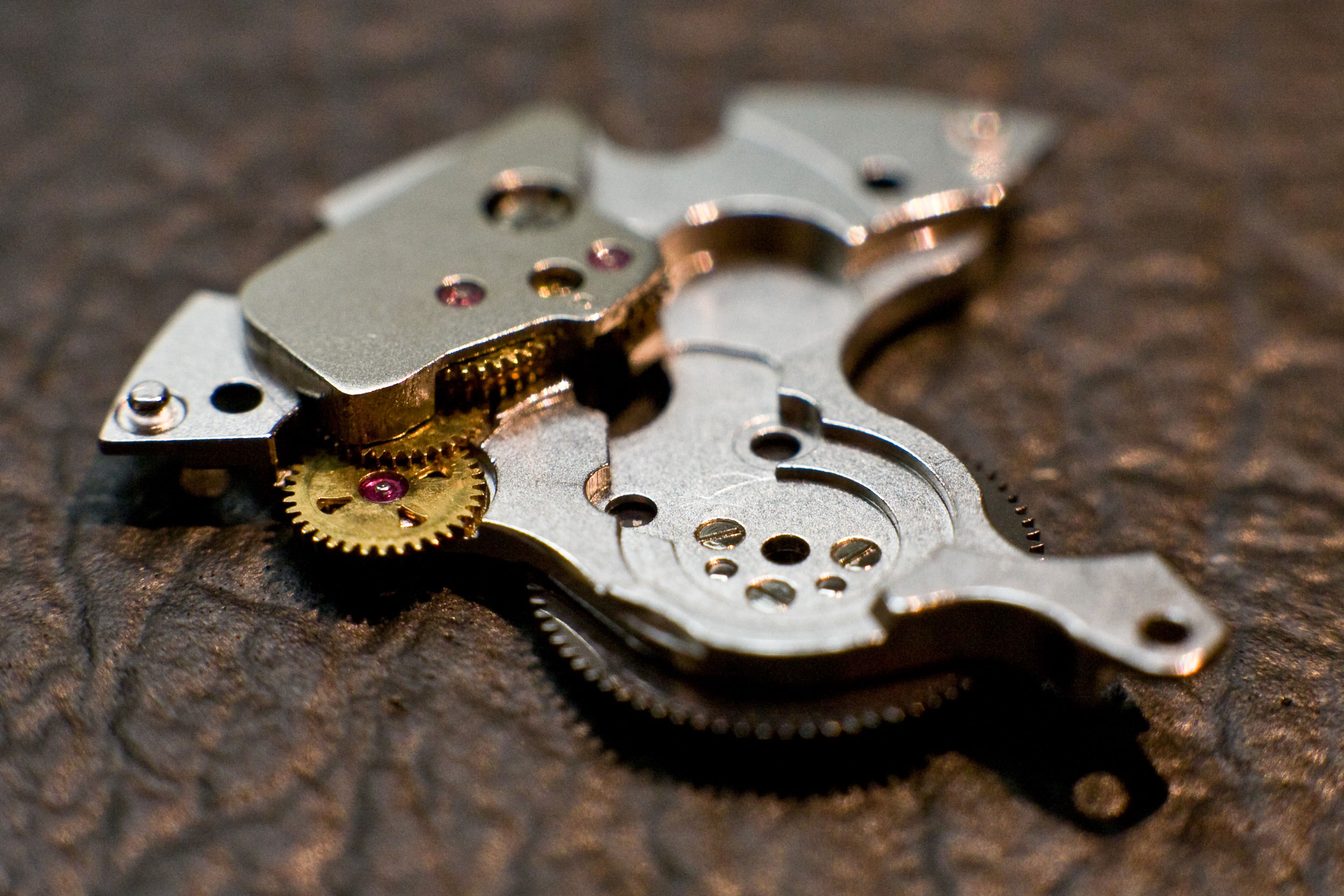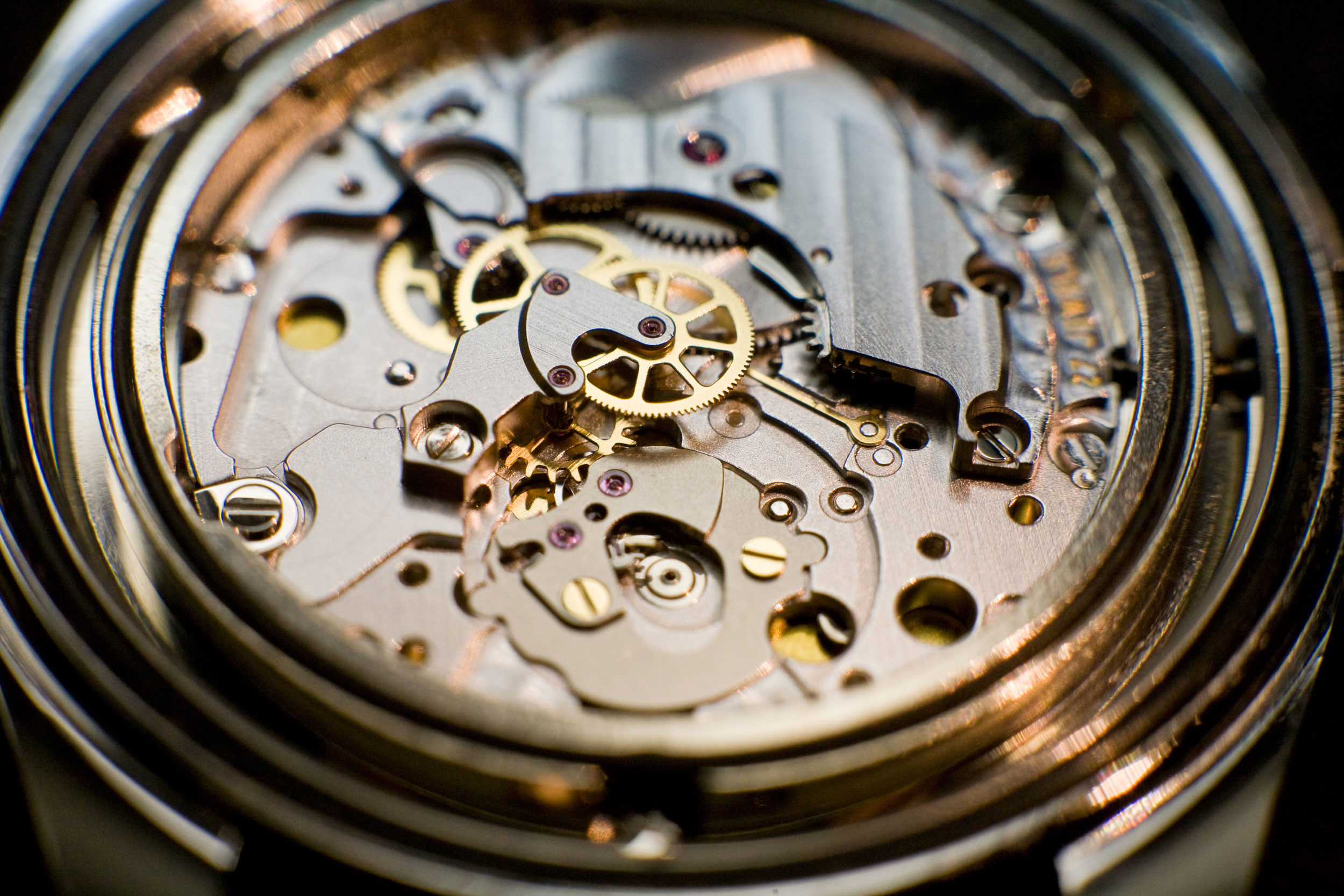Klokker for tungtvannsoperasjoner!
Klokker laget av norsk norskhet og tradisjon! Radium Instruments er en mikroprodusent som legger alt i detaljer og følelsen av «den rette klokken». Inspirert av fordums industrihistorie er kassen lager av melkespann-aktig aluminium og remmen er som selene fra «ludvik-sekken». Urskiven i anløpent kobber fører tankene til instrumentpaneler fra mellomkrigstiden. Men alt dette er unødvendig å skrive, egentlig, for Radium Sabotør «snakker» høylytt. Den strutter av særpreg, ikke sant?
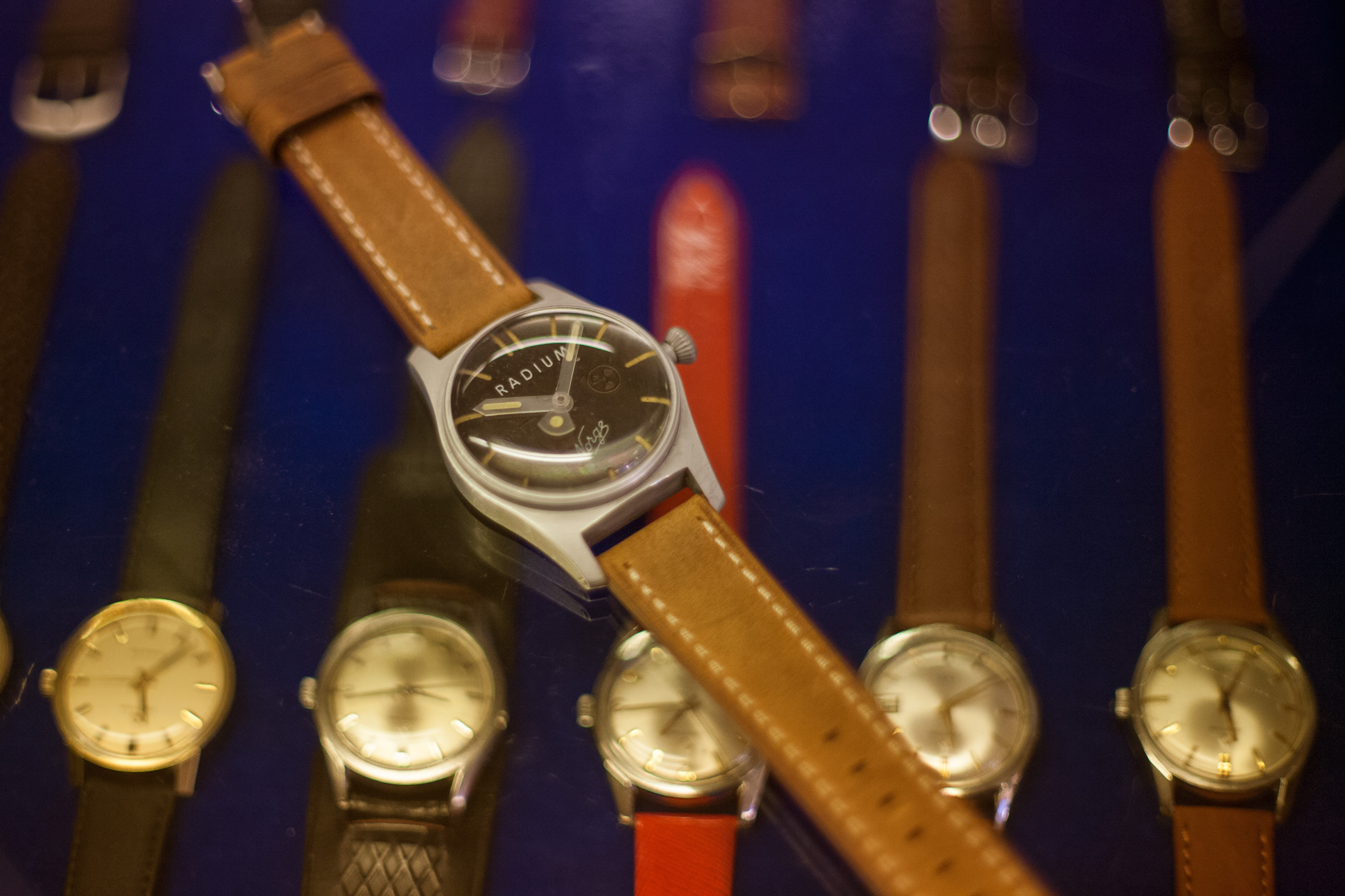
Nederst på urskiven står det gravert «sveitsverk». Verket heter ETA 6497 og er en gammel traver med røtter helt tilbake til lommeurene. Det er stort og robust, tikker sakte og er som skapt for denne viljestrke klokken. Den må trekkes hver morgen, så dette er ikke en klokke du glemmer så lett.
Ellers har urskiven inngravert serienummeret, enkelt og greit!
Alle Radiums klokker er utsolgt dessverre.

